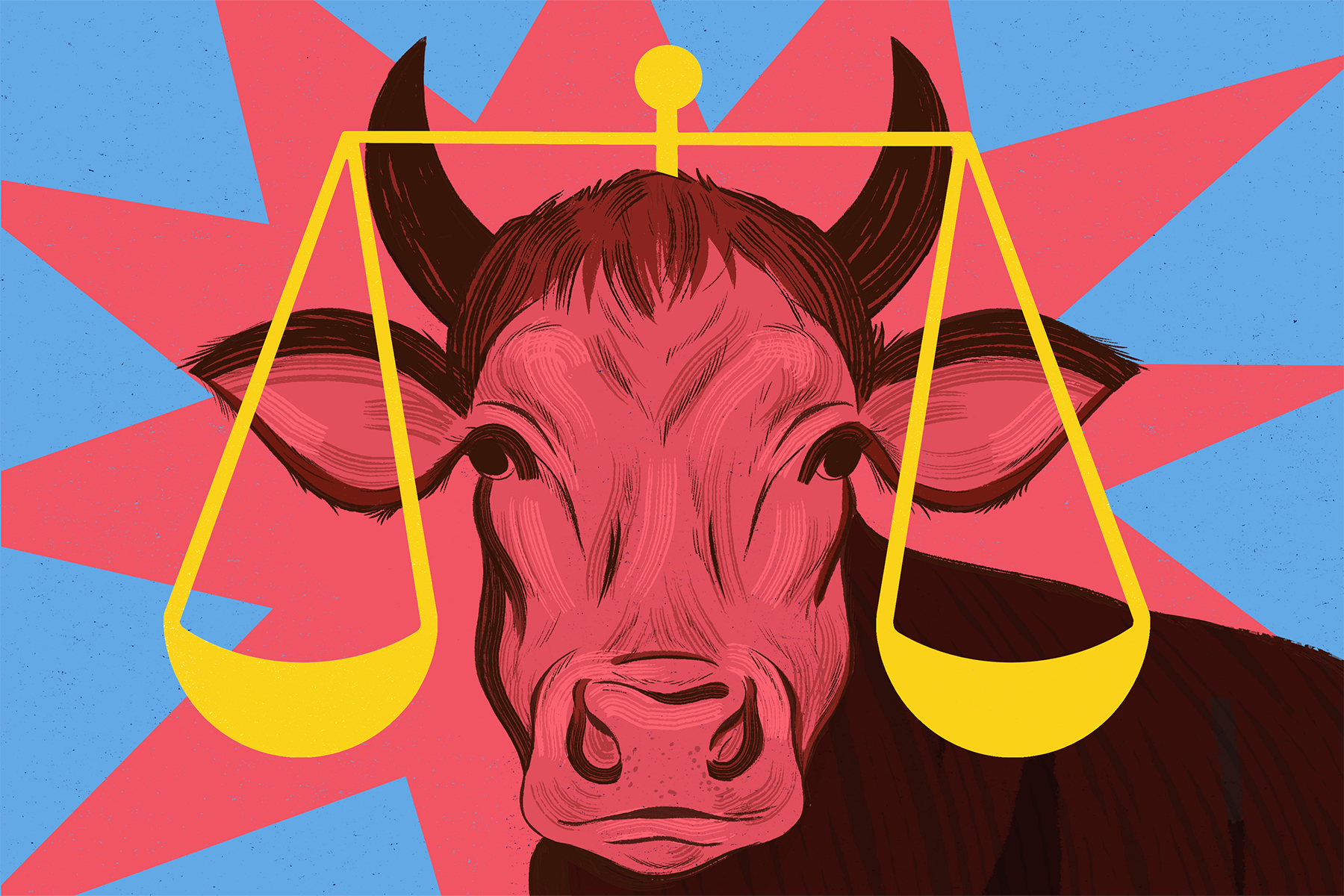
"To preserve religious freedoms, ritual slaughter guidelines have exempted qualified practitioners from pre-slaughter stunning. However, all other mammalian livestock must first be rendered unconscious by the method: either carried out mechanically, electrically, or by a "controlled atmospheric" system (such as gas). After this, the animal is bled, dressed (the removal of skin, head, developed mammary glands and feet), eviscerated, and split."
"The CFIA, citing Canada's need to adapt to modern global standards and consumer expectations, sought to update a variety of food production rules. The Safe Food for Canadians Regulations (SFCR) required cows to either be stunned after slaughter (in the event that they are not instantaneously rendered unconscious) or else subject to a series of tests to determine that the animal is unconscious and therefore not experiencing additional distress."
Since 2010, CFIA guidelines for ritual slaughter have specified knife dimensions and cutting technique intended to cause rapid loss of consciousness. Qualified ritual practitioners are exempt from pre-slaughter stunning, while all other mammalian livestock must be rendered unconscious using mechanical, electrical, or controlled atmospheric methods before bleeding and processing. In 2019, the Safe Food for Canadians Regulations required cows to be stunned after slaughter unless they are instantaneously unconscious or pass tests confirming unconsciousness. The regulatory change intensified tensions between animal welfare standards and religious practice, producing legal conflict involving kosher producers, certification agencies, and the CFIA.
Read at The Walrus
Unable to calculate read time
Collection
[
|
...
]